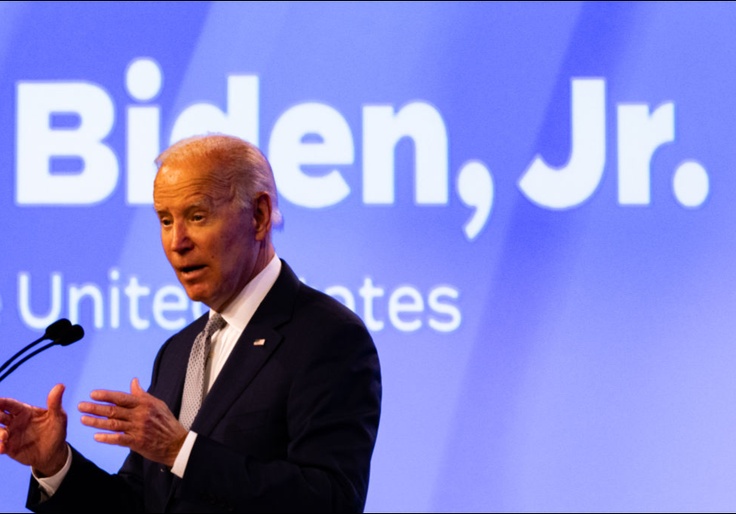Nearly a million-and-a-half Americans could lose their jobs next year, according to a new report from the Federal Reserve, a negative turn that would put an end to President Joe Biden's favorite economic talking point.
Higher interest rates and other economic conditions spell grim news for the U.S. labor market, a panel of Federal Reserve economists concluded in a report released Wednesday. Just under 6 million Americans are now without work, but that number could reach as high as nearly 7.4 million by 2023, according to the report.
Biden often points to a low unemployment rate as evidence that his policies have fueled a strong economic recovery, even as skyrocketing inflation forces Americans to dip into their savings to pay for basic goods and services. He boasted on Tuesday at one of the nation's largest labor union events that "unemployment is near historic lows." Last month, Biden said in a Wall Street Journal op-ed that he believes the country can dramatically lower inflation without sacrificing jobs.
The Federal Reserve economists disagree. The report predicts that the U.S. unemployment rate will rise next year for the first time since the beginning of the COVID-19 pandemic. Rising unemployment is expected to continue through 2024, according to the Fed's report, reaching heights of up to 4.5 percent. The current U.S. unemployment rate is 3.6 percent.
Fed chairman Jerome Powell said at a press conference Wednesday that an unemployment rate of 4.1 percent would be a policy "success," as long as inflation comes down. Much of that anticipated rise in unemployment can be attributed to the Fed raising interest rates to help cool demand and curb inflation, which sits at the highest level since 1981.
"We’ve been expecting progress and we didn’t get that. We got kind of the opposite," Powell said in an announcement of the largest rate hike since 1994. "All over the world we’re seeing these effects, and we’re seeing them here."
There are few rosy projections in the Fed’s report. Its authors, a collection of 12 economists at the central bank, see GDP growth significantly slowing through the end of Biden’s first term in office.
Although the economy grew by 5.7 percent in 2021, the Fed believes the growth rate this year could drop to just 1 percent—the lowest in any year without a recession since 2001.
Even before the Fed took a more aggressive approach on rate hikes, economic growth contracted. In the first quarter of 2022, the United States' GDP shrank by 1.5 percent.
Americans can expect inflation to drop to 5.2 percent by the end of the year—still the highest since 1990—and historically elevated inflation until the end of 2023, according to the Fed’s report.
The state of the economy is the number one concern for voters, according to multiple surveys. Rising inflation can be blamed on a number of factors, although economists across the political spectrum say Biden’s $2 trillion American Rescue Plan significantly contributed. It remains unclear whether Biden will run for reelection in 2024.
